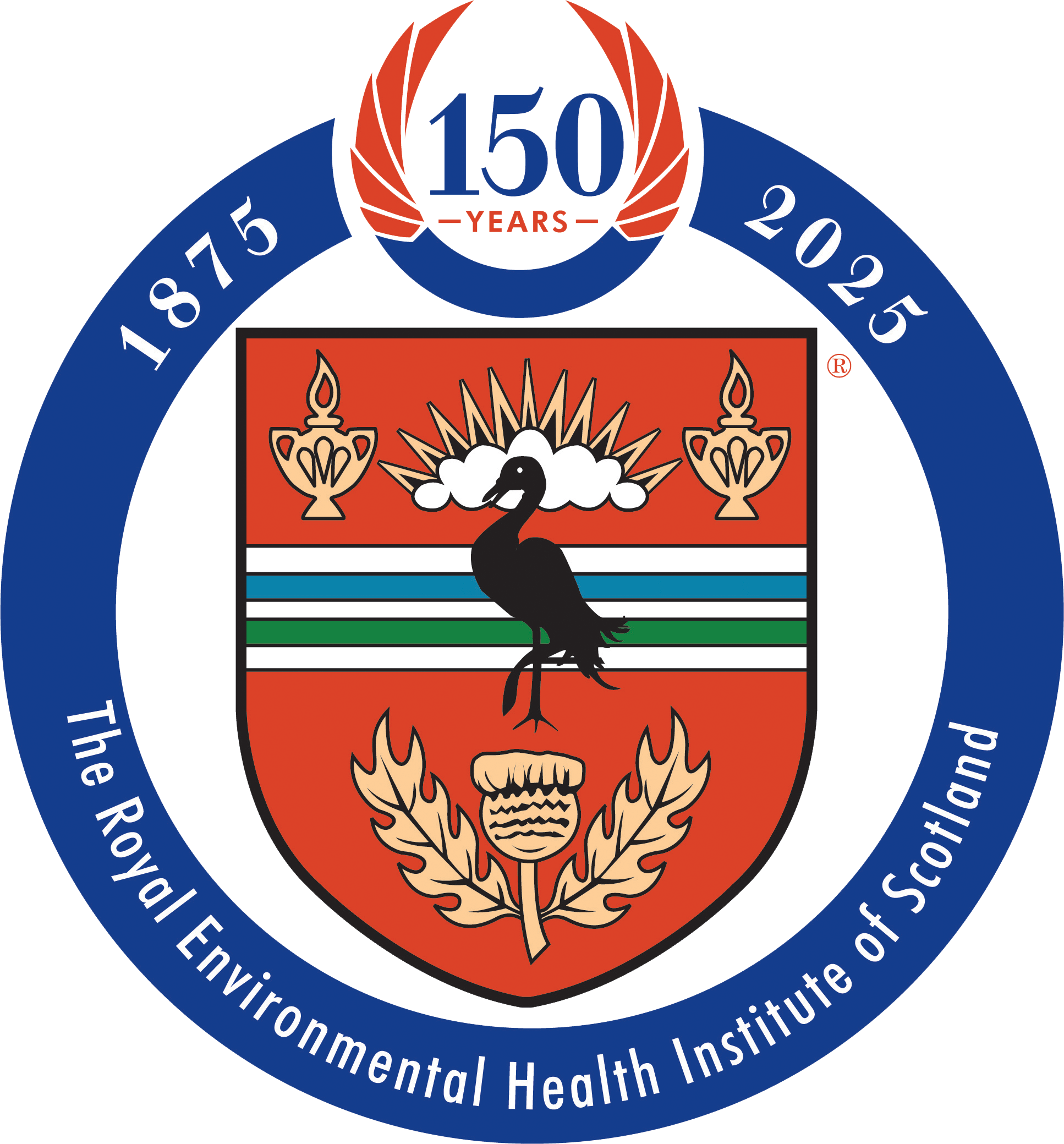Earlier this week, on the 14 January 2019, the UK Government published its Clean Air Strategy, outlining how England will set out reducing the prevalence of harmful air pollutants.
Air pollution is one of the biggest threats to public health in the UK – behind only cancer, obesity and heart disease – and the measures set out in the Clean Air Strategy will cut the costs of air pollution to society by £1.7 billion every year by 2020, rising to £5.3 billion every year from 2030.
This document builds on an extensive consultation process undertaken last year.
Unlike previous plans which have focused on transport and energy emissions, the strategy aims to tackles a number of smaller, more diffuse sources. As a result, emissions from agricultural, domestic and smaller industrial sites are now included the strategy.
Key measures include:
- Ambitious long-term target to reduce exposure to particulate matter (PM) in line with World Health Organisation recommendations. It will publish evidence early in 2019 to examine what action would be needed to meet the WHO’s guideline limits.
- Tackling the UK’s biggest source of PM – open fires and solid fuel stoves – by banning the sale of wet wood, prohibit the most-polluting fuels and ensure only the cleanest stoves are available by 2022
- A reduction in ammonia pollution through supporting farmers to invest in infrastructure to reduce emissions, introduce low-ammonia agricultural regulations
- Reporting annually on the impacts of air pollution on natural habitats
- Requirements for the rail industry to produce a road map to phase out diesel-only trains by 2040
- Producing guidelines in 2019 to help ports develop air quality strategies
International air quality commitments have been agreed at a UK level. However, air quality is a substantially devolved policy area. Wales and Northern Ireland are currently in the process of drafting their own strategies.
Meanwhile, Scotland has already produced its own Air Quality Strategy Cleaner Air for Scotland – The Road to a Healthier Future(CAFS) – Scotland’s first separate air quality strategy. CAFS sets out in detail how Scotland intends to deliver further air quality improvements over the coming years.
The most recent CAFS annual progress report was published in August 2018 and summarises progress on delivering the actions.
The Scottish Government announced that a comprehensive review of CAFS will be undertaken and completed by the end of 2019. Scotland has largely seen reductions in emissions of the five NECD pollutants in recent years.
A National Air Pollution Control Programme will be developed in partnership with the UK Government and Governments in Scotland, Wales and Northern Ireland as required under the National Emissions Ceilings Directive for publication in 2019.

